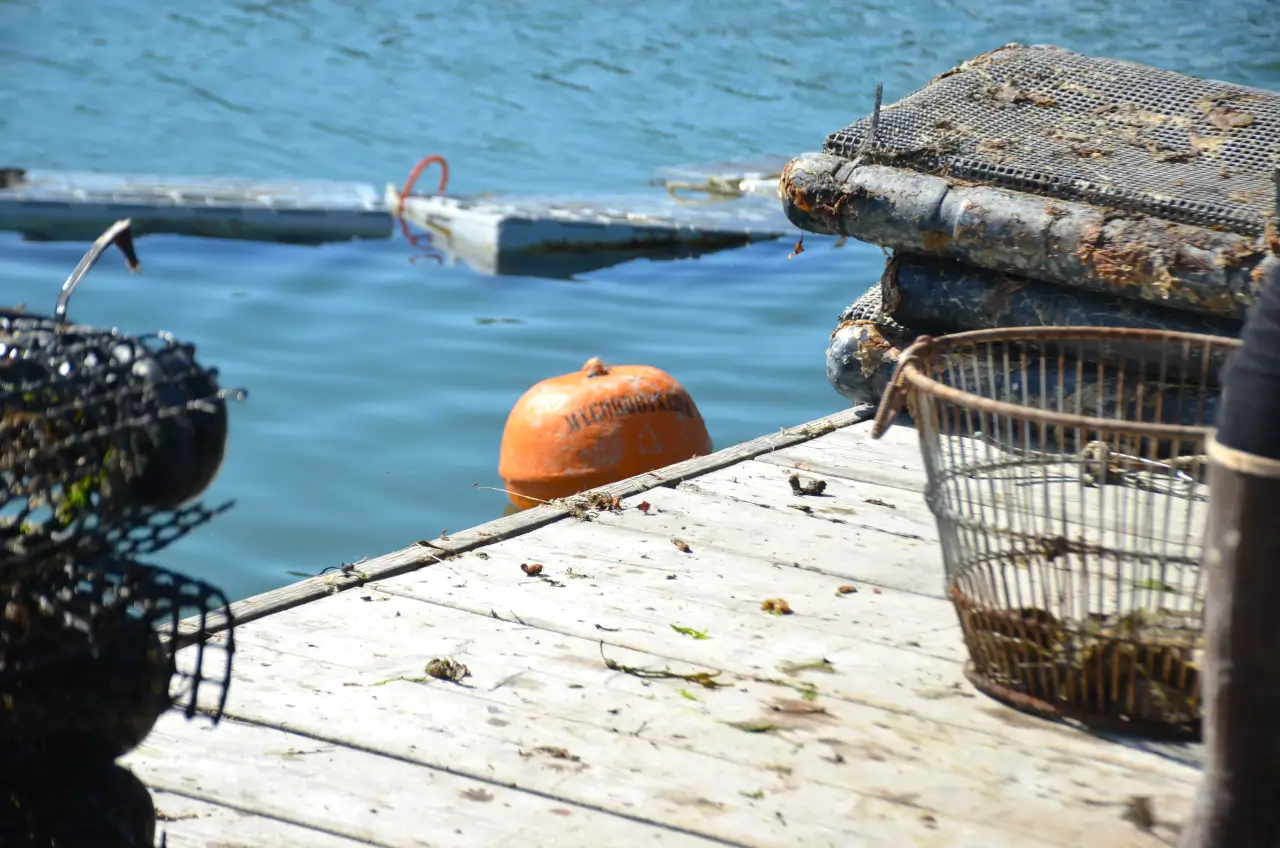Instantly’s oceans are suffering from plastics. Tiny microplastics, often invisible to the naked eye, swirl in our tidepools. Large objects of plastic particles stretch all through stretches of open sea. Almost all the ocean’s plastic air air pollution comes from land-based sources, nonetheless virtually 20 % originates inside the fishing commerce. Gear is misplaced overboard, traces snap and drop waste into the ocean, pots and buoys are abandoned, and bits and objects of fishing and aquaculture float away.
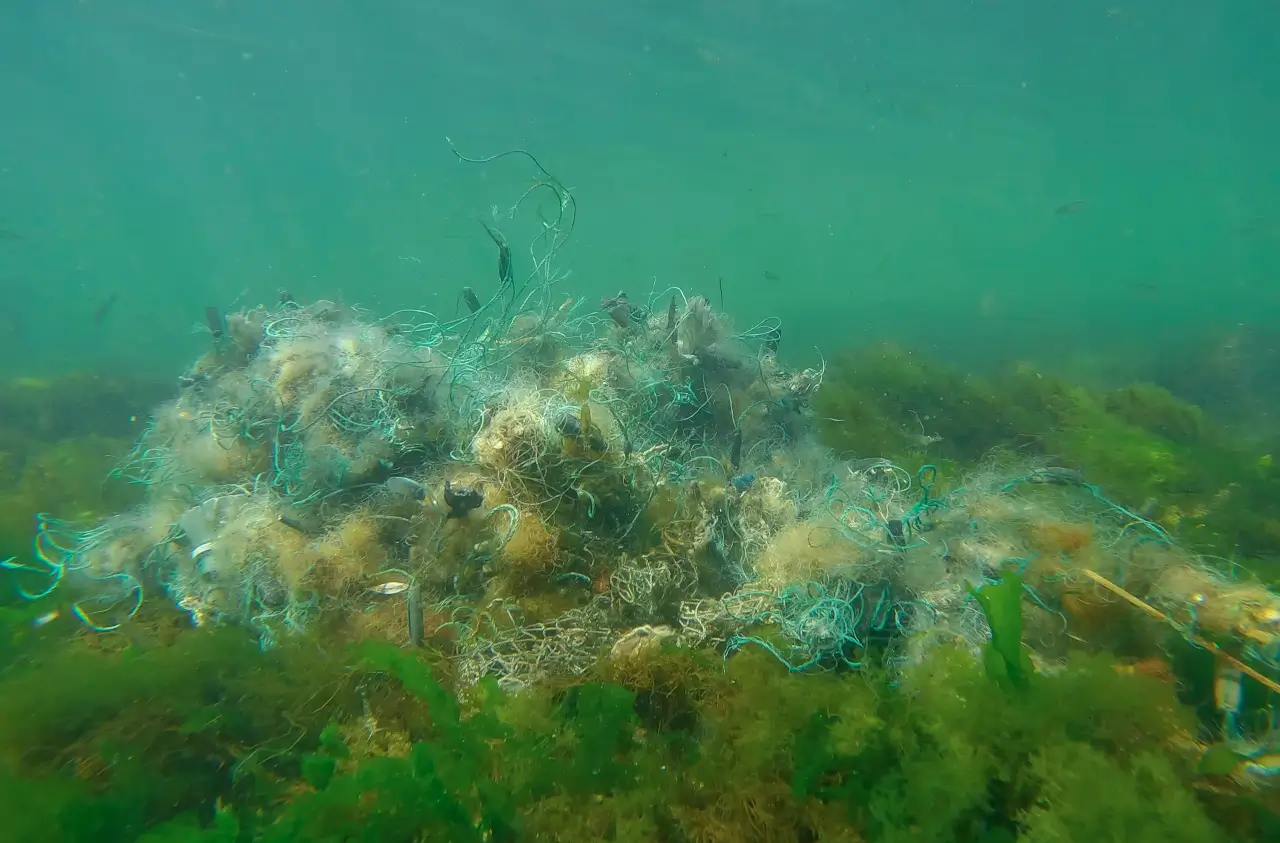

Buoys are a key aspect of aquaculture and fisheries—there are a complete lot of lots of utilized in america alone. The buoy market, already a multi-billion-dollar commerce, continues to develop by 5.5 % yearly on account of elevated curiosity in aquaculture farming. These buoyant orbs can be found all shapes and sizes and help to moor traces, mark objects, and signal navigation. Inside the prolonged historic previous of ocean farming and exploration, we’ve used picket buoys, cork ones, and iron ones. Nonetheless at current, practically all of buoys on the ocean are constituted of styrofoam or completely different polystyrene and polyethylene plastic compounds. There are actually hundreds of buoys in use for local weather and navigation alone, and every lobsterman and oyster farmer makes use of various dozen at a minimal.


Misplaced plastic buoys float on the currents and be part of the tonnes of plastics that now cowl as rather a lot as 40 % of the world’s seas. Bits and objects of plastic buoys break off or disintegrate inside the ocean photo voltaic, changing into a member of billions of things of microplastics that end up in our seafood.
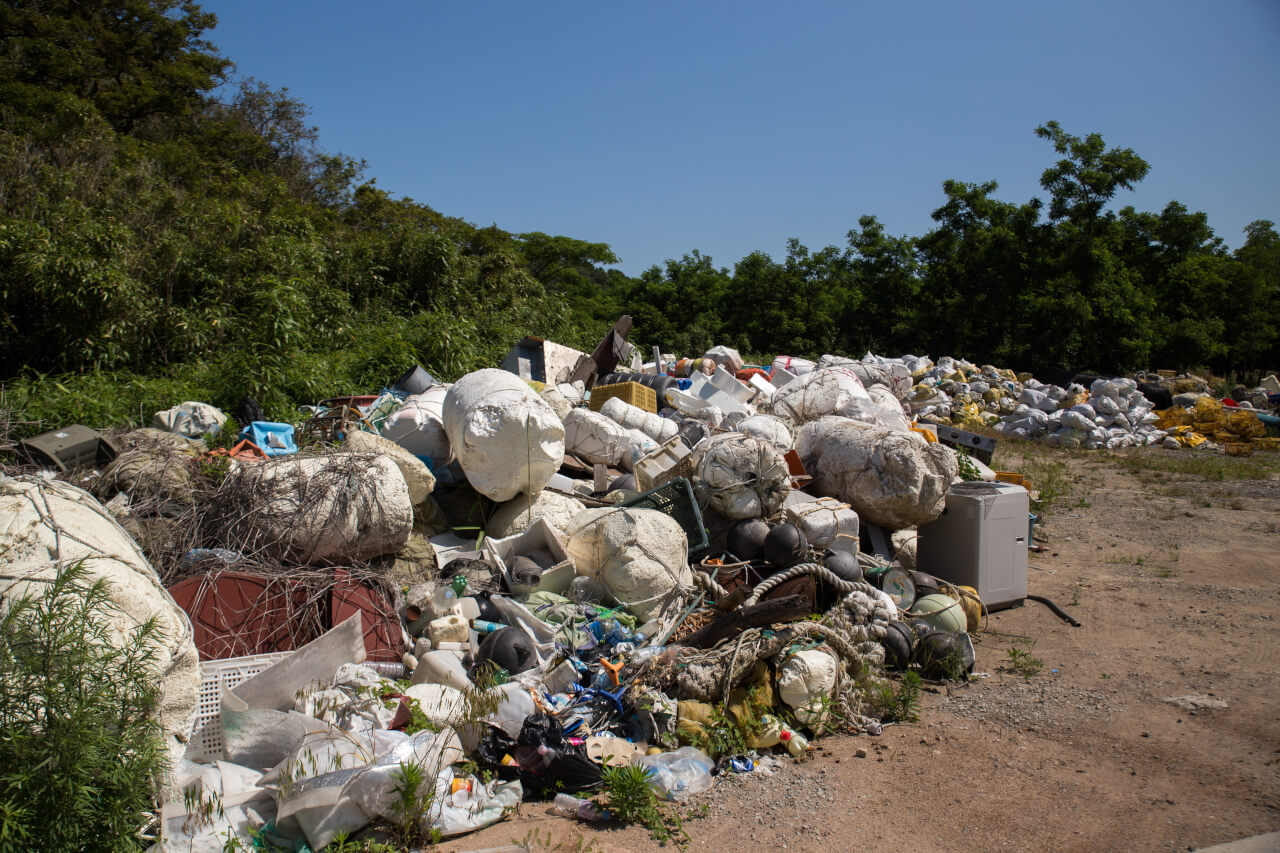

You can’t have aquaculture with out buoys—nonetheless you probably can have buoys with out plastic. Sue Van Hook had a lifetime of expertise in fungi when she joined Ecovative Design as a result of the mycologist in 2007. Ecovative Design is a experience agency centered on using mycelium—the very good white vegetative filaments of fungus—to resolve human needs. After discovering early on in her evaluation that mycelium would float, Van Hook quickly realized the potential for creating buoys.
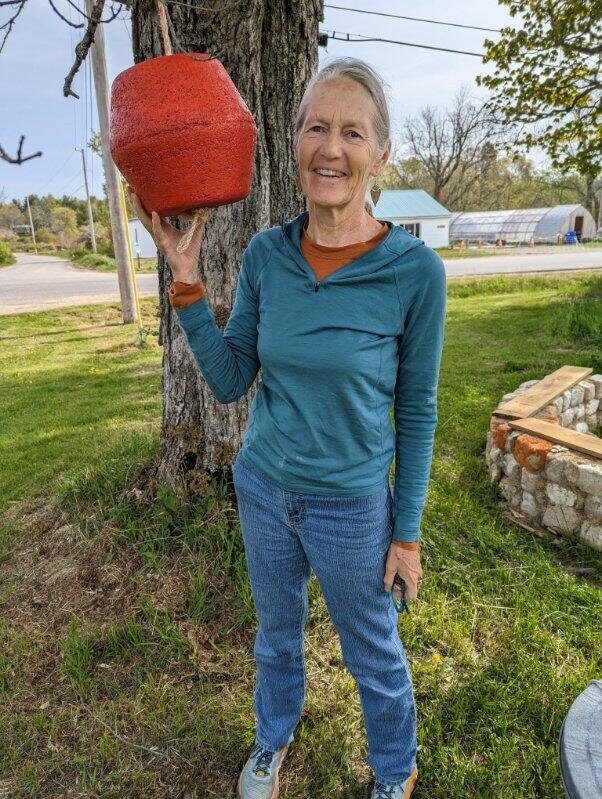

“My grandfather turned his lobster buoys on a lathe inside the ‘50s and ‘60s on North Haven Island,” says Van Hook say, remembering her very first introduction to aquaculture’s picket floatation models. “I watched him do all that, all these years prior to now, and we helped paint the colors on and all of that stuff. After which I watched your complete ocean flip to Styrofoam, which on the time appeared very good, correct? It was cheaper. They didn’t ought to bear all of that labor of crafting this beautiful issue individually, they often lasted a really very long time.”
As an grownup, Van Hook had flip right into a professor of environmental analysis and centered on mycology, which she taught at Skidmore Faculty for 18 years. Now observing the buoyancy of mycelium, it didn’t take her prolonged to remember her grandfather’s lobster buoys and their shift to Styrofoam—and to understand the environmental affect of an ocean full of Styrofoam buoys. She set to work designing and rising mycelium buoys.
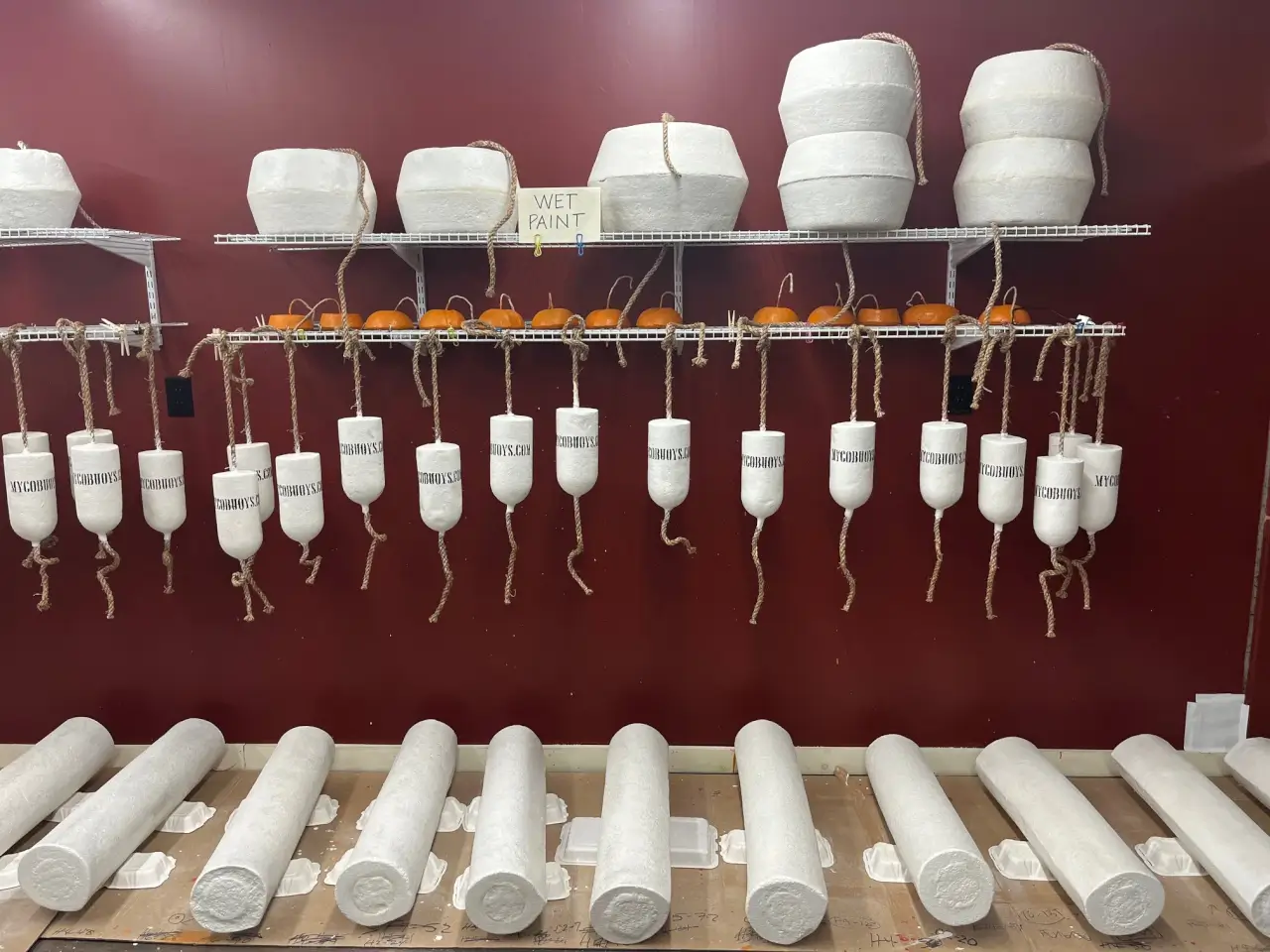

Now the founder and CEO of her private agency, Mycobuoys™, Van Hook has pioneered the fungus numerous to plastic buoys. To make her buoys, Van Hook will take a rope of pasteurized hemp and inoculate it with a low proportion of mycelium picket rot fungus. The fungus will then develop, unfold and take up irrespective of home it is given to fill. Initially, she used empty soda bottles, and at current, she has prototypes as a lot as the size of mooring buoys better than two ft in diameter.
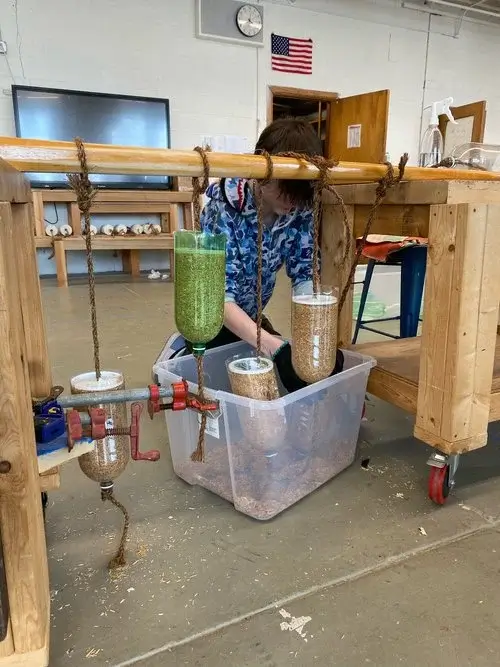

Van Hook has run into challenges discovering the right fungus for the job, and he or she continues to work on the durability of the buoys. “We use picket rot fungus,” she says, explaining that the type of mycelium that creates sturdier, additional perennial mushrooms like reishi is additional suited to the job than the backyard fungus that grows many culinary mushrooms. She has examined dozens of strains of fungus, and he or she continues to work by way of varieties in buoy trials.


At current, Van Hook’s Mycobuoys™ are being examined at 11 oyster farms, shellfish hatcheries, and ocean schools all by way of New England and New York. Her goal is to have the power to guarantee the buoys for a full season sooner than offering them for retail sale.


Abigail Barrows was one among many first oyster farmers to trial Van Hook’s Mycobuoys™. Barrows has a background in marine biology and analysis ocean microplastics. In 2015, she bought the lease on Deer Isle Oyster Agency with a goal of turning it proper right into a plastic-free oyster farm.
“We’ve got been blown away by the strategy,” Barrows says of her early experiences with mycelium buoys. “It was really thrilling to develop one factor after which have this product which is so helpful. And now we have been pretty excited regarding the potential utility as we started our sea trials.”
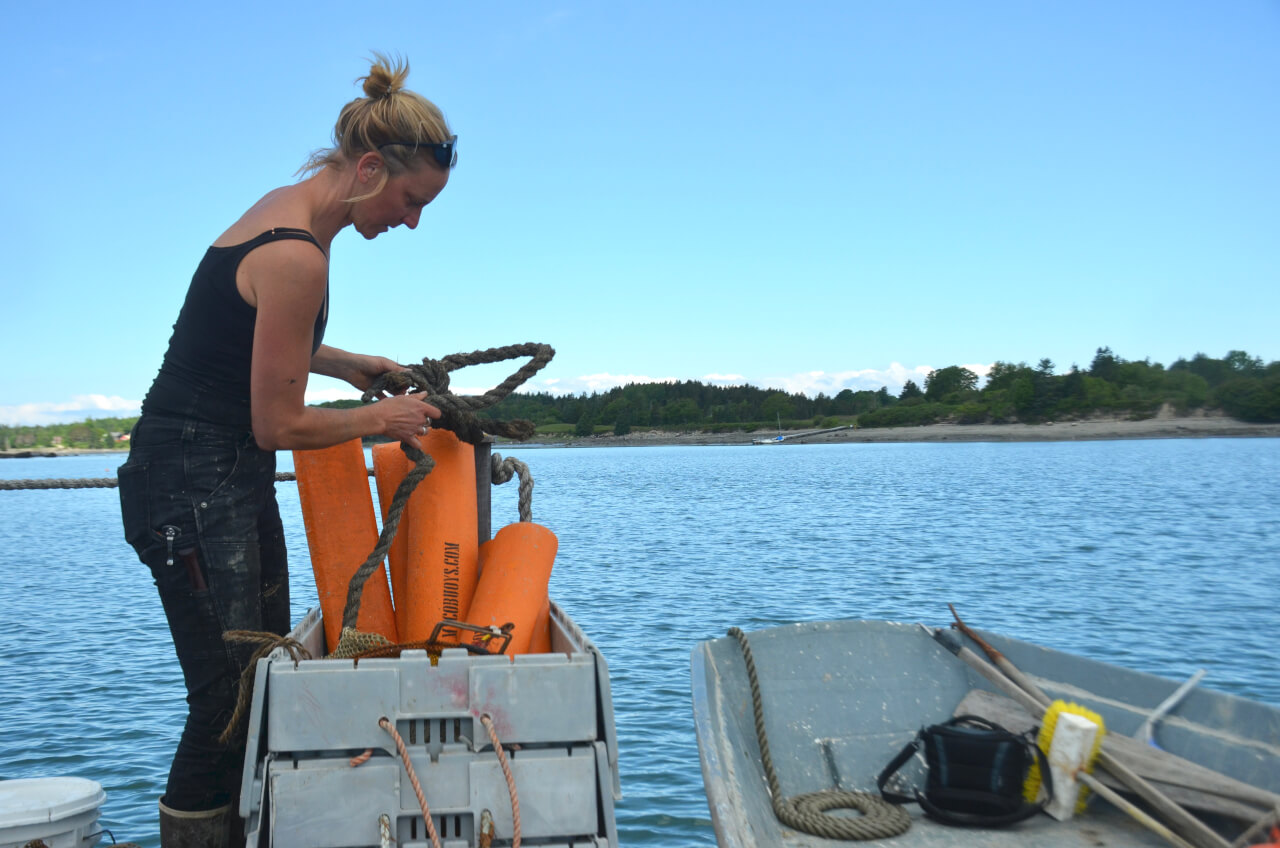

The perfect downside for Mycobuoys™ and other people trialing the buoys is their sturdiness. Together with their onerous plastic our our bodies, numerous at current’s buoys have thick toxic paint shells. To create a sturdy shell for a Mycobuoy™, every Van Hook and Barrows have experimented with pure paints that may protect the buoys from the photo voltaic, curious birds, and the onerous use inherent in ocean farming.
“We’re nonetheless trying to find a additional rugged coating,” explains Barrows, who has used pine tar and linseed coatings and linseed based totally paints on the buoys. “Which will give them additional robustness, because of boats are going to bang into them, so now we have to protect them for better than a season.”
“We’re on the lookout for that fantastically environmentally nice coating to increase the lifetime of the buoys,” says Van Hook. Instantly’s plastic lobster buoys do not closing perpetually—on the very least not as helpful aquaculture devices. Most lobstermen and oyster farmers will use a buoy for 20 or 25 years. Van Hook’s goal for Mycobuoy™ sturdiness is a bit of bit bit shorter.
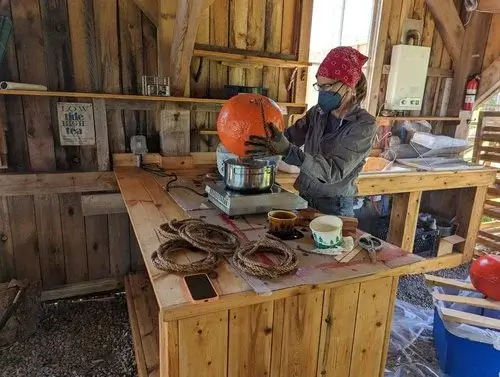

“My supreme advertising technique is that we develop the buoys yearly,” she says. “You buy your buoys at an reasonably priced price, you might need it in the marketplace floating your cages for a 12 months, and on the end, we buy it once more from you and dry it, grind it ourselves for fertilizer otherwise you would compost them in your private yard.” Van Hook makes use of outdated mycelium buoy prototypes in her yard, the place she in no way has in order so as to add fertilizer or composite because of the vitamin of the fungus.
“You wouldn’t ought to retailer [the buoys] in your driveway or your yard,” Van Hook continues, referring to the large piles of buoys that spring up on fishermen’s lawns by way of the off-season, “the place all that UV light deteriorates the polyethylene plastic that they are presently using sooner.”


Present legal guidelines in South Korea will ban the utilization of styrofoam buoys by 2025, and Van Hook believes that completely different nations will rapidly adjust to. Van Hook hopes her buoys will retail spherical 10 % to twenty % above current plastic buoy prices and believes rising restrictions on plastics will solely make the mycelium chance for buoys additional attention-grabbing. Styrofoam and plastic buoys widespread between $20 and $50, counting on measurement, whereas the value of Van Hook’s buoys will depend on the facility to scale up manufacturing and the reply to the difficulty of a sturdy coating. These involved about serving to Van Hook trial Mycobuoys™ can attain out to her by the use of her web page for 2025 buoys.
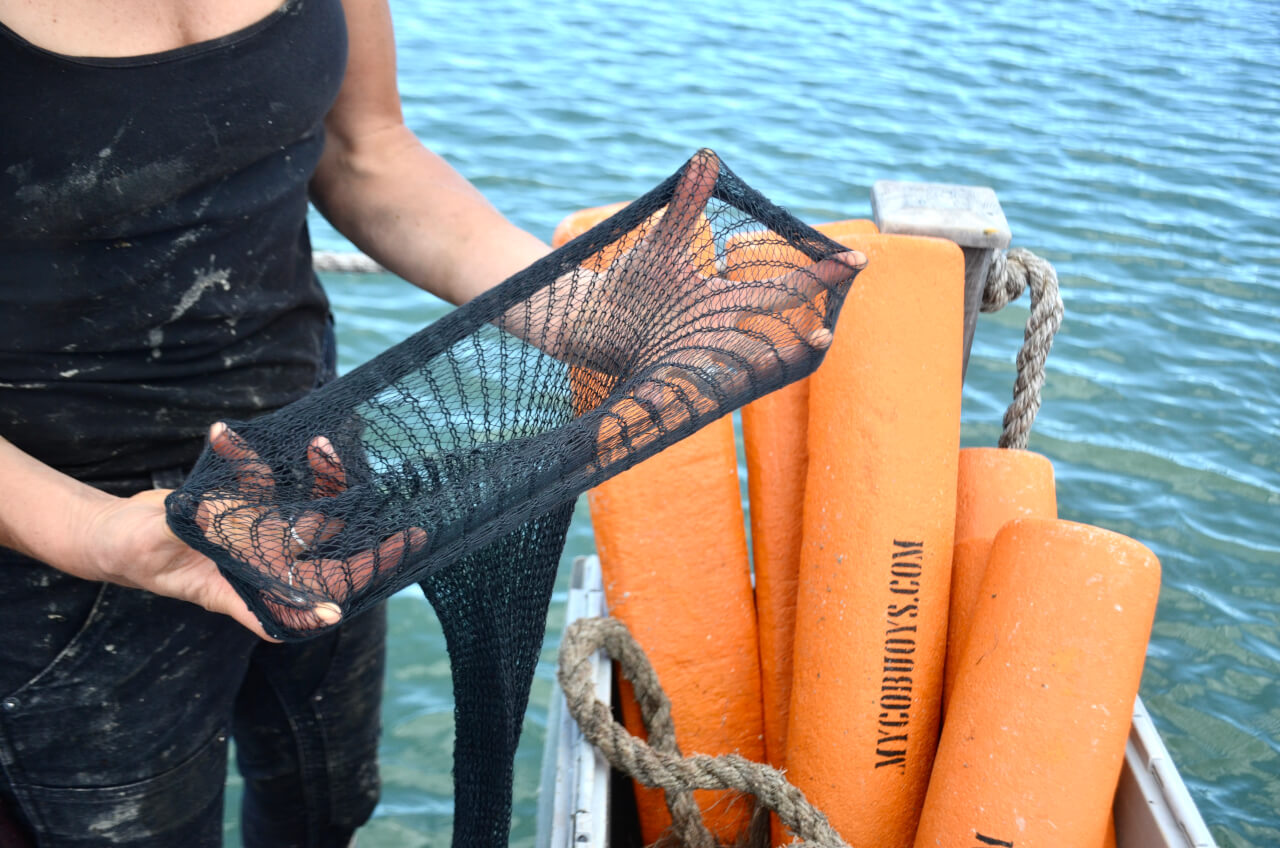

As oyster farmers akin to Barrows proceed to trial buoys and Van Hook expands to additional shapes and sizes, the way in which ahead for Mycobuoys™ is shiny. On her quest to chop again ocean plastics, Van Hook may have came across to an answer for additional than merely buoys.
“There’s merely rather a lot potential proper right here,” says Barrows.
Plastics could also be current in practically all fishing gear, from nets to floatation strategies in boats. The Good Pacific Garbage Patch is kind of half what is called “ghost gear,” fishing plastics misplaced overboard or abandoned. Together with Mycobuoys™, Barrows works on prototypes of picket oyster cages, and he or she sells her oysters in compostable beechwood baggage from a model new agency often known as Ocean Farm Present. “We’ve got to suppose open air of the sphere, in relation to using them for mooring balls, completely different sorts of floatation, completely different marine strategies akin to altering styrofoam boat hulls and marine docks.”
